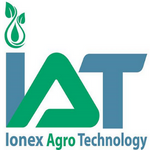PROTECTIVE CULTIVATION
Protective cultivation, also known as protected agriculture or greenhouse farming, refers to the practice of growing plants within enclosed structures or controlled environments to provide protection from adverse weather conditions, pests, diseases, and other environmental factors.
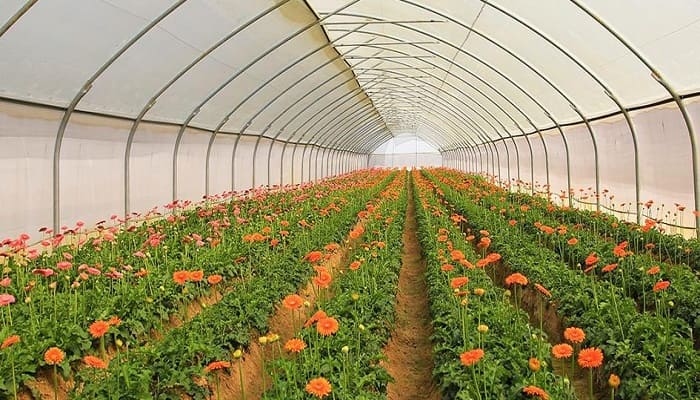
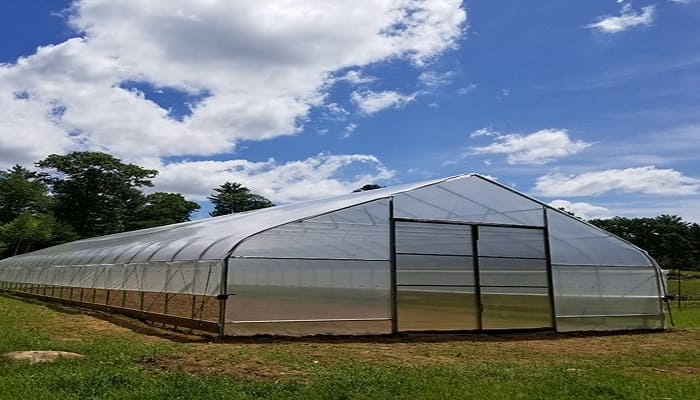
This method enables farmers to create a more favorable growing environment, extend the growing season, and enhance crop quality and yield.
Key aspects and benefits of protective cultivation:
- Farmers commonly use greenhouses as structures for protective cultivation. They typically build them with transparent materials like glass or plastic to create a controlled microclimate for plants. Greenhouses trap heat from the sun to create a warmer environment and shield crops from extreme temperature changes, frost, and strong winds.
- Farmers extend the growing season beyond the natural limits of the local climate through protective cultivation. By controlling temperature, humidity, and light, they grow crops earlier in the spring or later into the fall. This approach enables year-round production or cultivation in regions with short growing seasons.
- Farmers use protective cultivation to control environmental factors such as temperature, humidity, and light intensity. By managing these conditions, they optimize the growing environment for specific crops and create an ideal microclimate that promotes healthy plant growth and development.
- Farmers use enclosed structures to create a physical barrier against pests, insects, and larger animals, which reduces crop damage and lowers the need for chemical pesticides. Additionally, they minimize the spread of diseases by isolating plants from external sources of pathogens through protective cultivation. Read about causes and effect of agricultural pollution.
- Water Management: In protected cultivation, irrigation systems can be optimized to minimize water wastage and ensure efficient water use. Watering can be automated, allowing precise control over the amount and timing of irrigation, which helps conserve water resources.
Other Features
- Improved Crop Quality and Yield: By creating an optimal growing environment, protective cultivation can enhance crop quality and yield. Farmers control conditions to promote uniform growth, reduce plant stress, prevent yield loss, and achieve higher-quality produce with greater productivity.
- Protective cultivation allows farmers to grow diverse crops year-round, overcoming local climate limits and seasonal challenges to increase profitability. This diversification can include specialty or high-value crops, non-native plants, or crops that have specific temperature or humidity requirements.
- Reduced Environmental Impact: It offers the potential for reduced environmental impact compared to traditional open-field agriculture. By minimizing the use of pesticides, conserving water, and optimizing resource utilization, it can contribute to more sustainable farming practices.
- Protective cultivation gives farmers control over the environment, improves crop performance, boosts productivity, and reduces risks in various conditions. It has become an important technique in modern agriculture, allowing for efficient and sustainable food production in diverse climates and regions
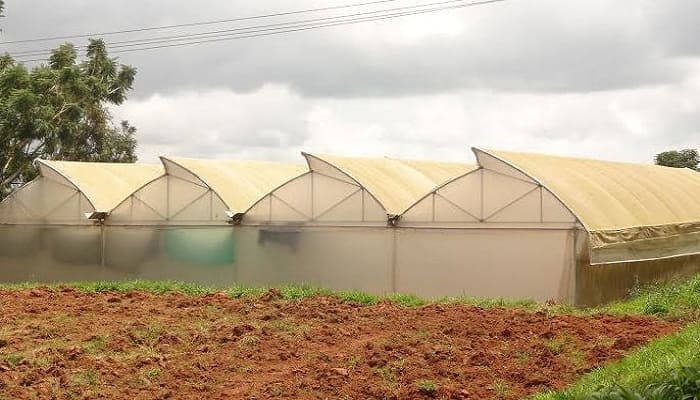
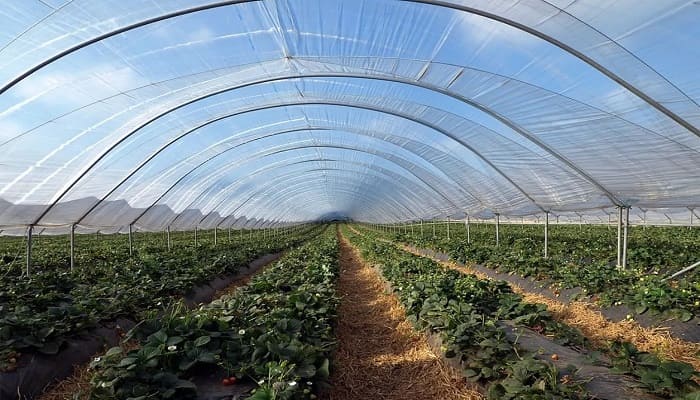
আরো পড়ুন: সুরক্ষিত পরিবেশে চাষাবাদ
